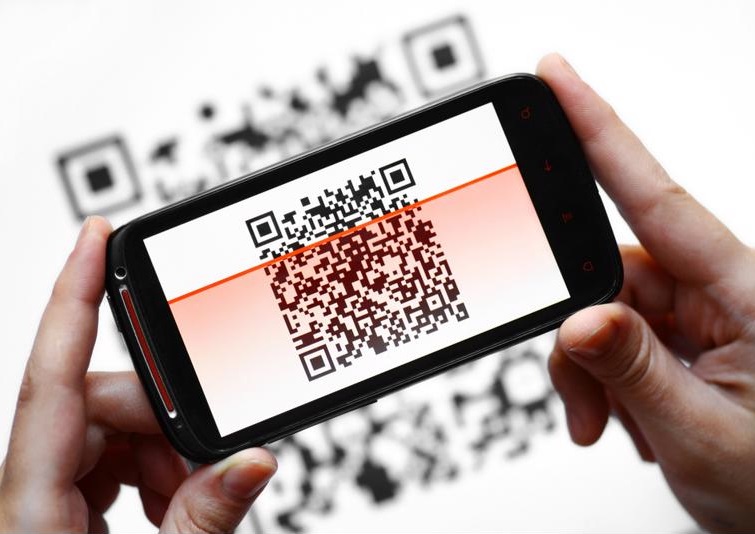What is E-Labeling
E-labeling may be the wave of the future. But just what is e labeling, and why is there so much buzz about it? The truth is that e-labels are an efficient and economical way to label products with massive amounts of information without physical tags or labels. According to the experts at Seagull Scientific, “E-labeling is a modern alternative to strictly physical labeling that provides web-based product information via electronic screens such as smartphones and computers.” Simply put, e-labels are digital or electronic labels such as barcodes or QR codes that link to online information.
What You need to Know About E-labeling
E-labels are already becoming a huge part of the pharmaceutical industry. Where medication and medical devices are concerned, labels need to have a great deal of information available to consumers and healthcare workers that meet regulatory requirements. E-labels make accessing that information easy and efficient with a simple scan from smartphones or other electronic devices. Any industry or business where labels and packaging require large amounts of information can benefit from electronic labeling.

Why Change to E-labeling?
One key reason to change to e-labeling is saving time and money. When a product is changed or updated, the physical label must also be changed and updated with new product information. Reprinting physical labels is costly and time-consuming, but the information on e-labels can quickly be updated online, saving reprinting costs.
E-labels can also be very beneficial to promoting brand awareness and marketing. Imagine when a consumer scans an e-label and not only receives necessary product information and instructions, but promotional information, coupons, or company information as well.
How to Create a Reliable E-labeling Process
The possibilities of what can be accomplished with electronic labeling are almost endless. The right time to start e-labeling is now, and the first step to creating a reliable e-labeling process is analyzing your target countries, consumers, and businesses. The second step involves recognizing if e-labeling is the right solution for your business. Implementing an e-labeling process that will meet regulatory requirements will mean updating operation and internal systems.
With the help of professionals in online digital management systems, making the necessary changes to meet compliance can be easily accomplished to satisfy the needs of regulatory agencies. For businesses with little or no regulatory requirements for their product labels, setting up a reliable e-labeling process is even more simplified and can be accomplished with support training by electronic labeling sales and support staff.
Will E-labeling Become a Reality Across the Globe?
Global use of e-labels is already underway in several key industries, including medical technology and pharmaceutical companies. E-labels are simply a better way to provide information about their products that meet national requirements and consumer needs. Other industries will undoubtedly follow and dispense with the use of bulky, expensive, and environmentally harmful physical tags and labels.
More automation is needed to ensure consistency and reliability for e-labeling to continue its growth across different markets and industries in the U.S. and the rest of the world. The fact that electronic labeling can deliver efficiency and vast amounts of information to consumers and regulatory agencies almost guarantees that demand for e-labeling will continue to grow.